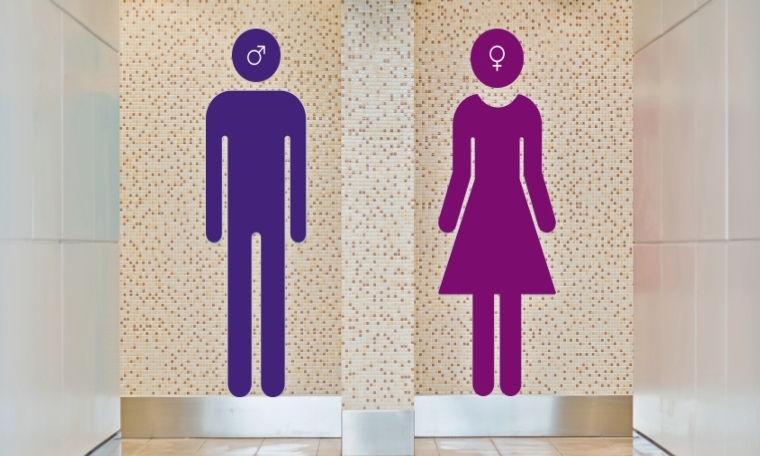
Following a public consultation, CAP has today announced that ads will no longer be able to depict harmful gender stereotypes.
The new rule in the Advertising Codes, which will apply to broadcast and non-broadcast media (including online and social media), states:
[Advertisements] must not include gender stereotypes that are likely to cause harm, or serious or widespread offence.
The new rule will come into force on 14 June 2019.
This change follows a review of gender stereotyping in ads by the ASA. The review found evidence suggesting that harmful stereotypes can restrict the choices, aspirations and opportunities of children, young people and adults and these stereotypes can be reinforced by some advertising, which plays a part in unequal gender outcomes.
Following the review, CAP consulted publicly on specific proposals to ban harmful gender stereotypes in ads, underpinned by the evidence collected by the ASA. The proposed restrictions were supported by a majority of respondents.
The evidence does not show that the use of gender stereotypes is always problematic and the new rule does not seek to ban gender stereotypes outright, but to identify specific harms that should be prevented.
CAP has published guidance to help advertisers stick to the new rule by providing examples of scenarios likely to be problematic in ads. For example:
- An ad that depicts a man with his feet up and family members creating mess around a home while a woman is solely responsible for cleaning up the mess.
- An ad that depicts a man or a woman failing to achieve a task specifically because of their gender e.g. a man’s inability to change nappies; a woman’s inability to park a car.
- Where an ad features a person with a physique that does not match an ideal stereotypically associated with their gender, the ad should not imply that their physique is a significant reason for them not being successful, for example in their romantic or social lives.
- An ad that seeks to emphasise the contrast between a boy’s stereotypical personality (e.g. daring) with a girl’s stereotypical personality (e.g. caring) needs to be handled with care.
- An ad aimed at new mums which suggests that looking attractive or keeping a home pristine is a priority over other factors such as their emotional wellbeing.
- An ad that belittles a man for carrying out stereotypically ‘female’ roles or tasks.
The rule and guidance does not intend to prevent ads from featuring:
- Glamorous, attractive, successful, aspirational or healthy people or lifestyles;
- One gender only, including in ads for products developed for and aimed at one gender;
- Gender stereotypes as a means to challenge their negative effects.
Ella Smillie, gender stereotyping project lead, Committees of Advertising Practice, said:
“The evidence we published last year showed that harmful gender stereotypes in ads contribute to how people see themselves and their role in society. They can hold some people back from fulfilling their potential, or from aspiring to certain jobs and industries, bringing costs for individuals and the economy. We’ve spent time consulting on new standards to make sure they target specifically those images and portrayals we found cause harm.”
Shahriar Coupal, Director of the Committees of Advertising Practice, said:
“Harmful gender stereotypes have no place in UK advertisements. Nearly all advertisers know this, but for those that don’t, our new rule calls time on stereotypes that hold back people and society.”
CAP will carry out a 12 month review after the new rule comes into force to make sure it’s meeting its objective to prevent harmful gender stereotypes.
You can read CAP's Regulatory Statement and their new guidance in our Resources section.
More on
-
Keep up to date
Sign up to our rulings, newsletters and emargoed access for Press. Subscribe now.


